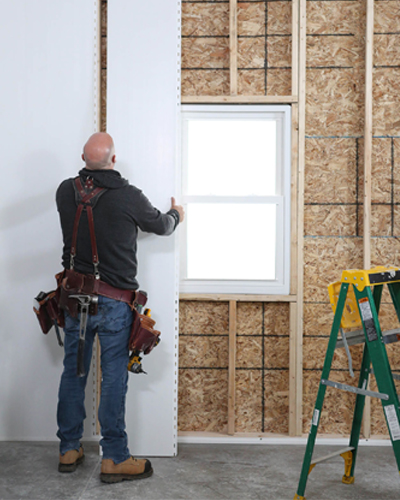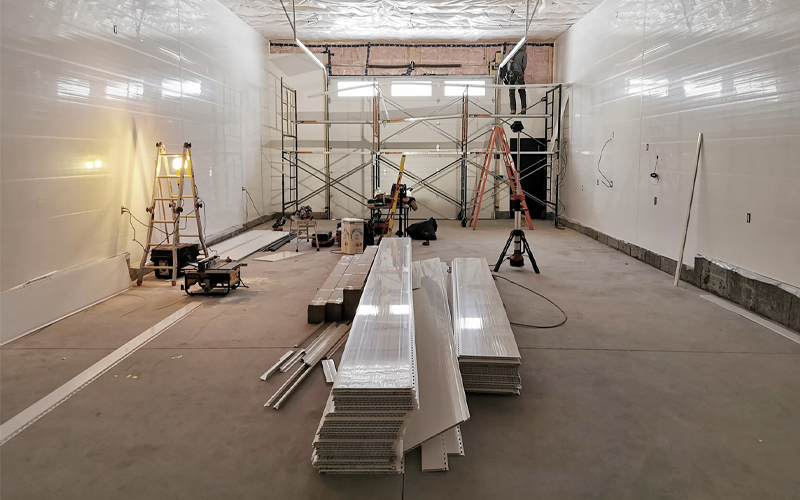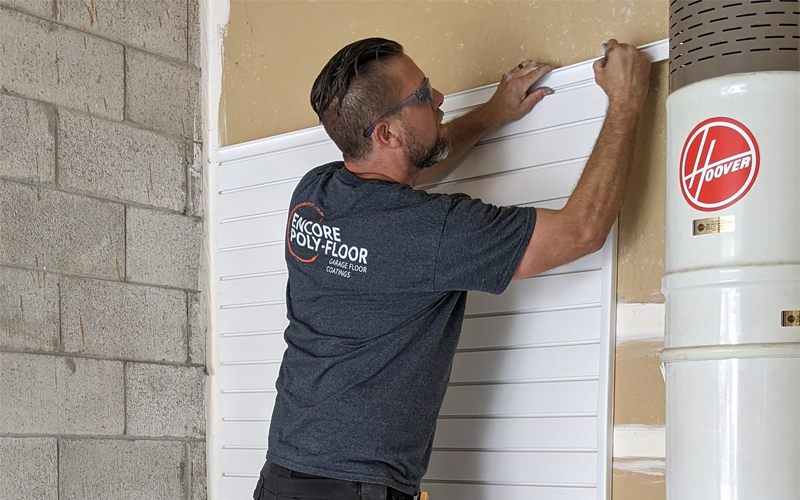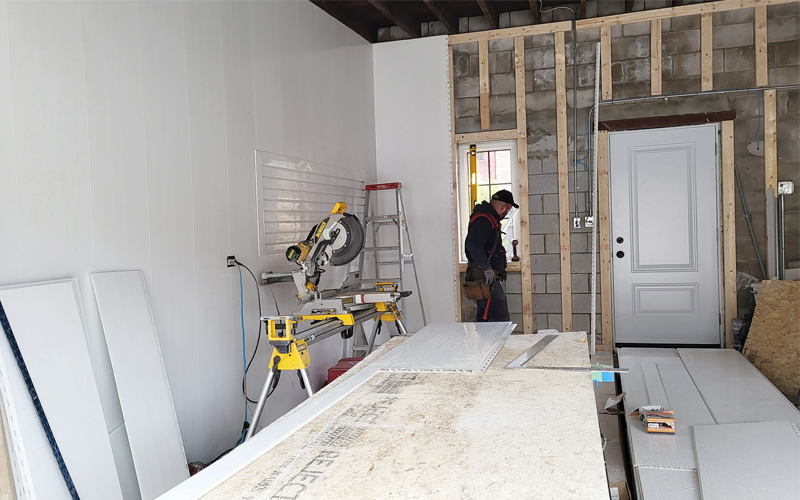Understanding Trusscore Labor Rates
Understanding the cost to install a building material is key for any project. We’ve compiled some insights on how to quote labor for your Trusscore project.

Trusscore is a versatile and durable building material known for its ease of installation and low maintenance requirements. Whether you're renovating a home, constructing a commercial space, or working on an industrial project, Trusscore offers a cost-effective solution with long-lasting benefits.
Labor Cost Factors
The labor cost for installing Trusscore can vary depending on several factors, including:
Installer Experience: This can vary greatly from one installer to the next and effect labor rates. More experienced installers can get jobs done faster therefore using less labor.
Project Size: The size of the area to be covered with Trusscore will directly impact the labor cost. Larger projects may require more time and manpower, affecting the overall installation cost.
Complexity of Installation: While Trusscore is relatively easy to install compared to traditional materials like drywall, the complexity of the installation process can influence labor rates. Factors such as the number of rooms, intricate designs, or specialized installation requirements may incur additional costs.
Location: Labor rates can vary depending on the geographical location of the project. Areas with higher living costs or greater demand for skilled labor may have higher installation rates.
Where’s the Sweet Spot?
While labor rates can vary widely depending on the factors mentioned above, we can provide an estimated range to give you a general idea of what to quote:
The average labor rate is $1.50 - $2.00 per square foot of Trusscore used.

As mentioned, there can be several factors that may impact the labor rate charged. For example, the experience level of an installer and whether they have learned efficiencies with installing Trusscore. A more experienced installer will likely be closer to the $1.50/square foot mark, or even less.
Other Labor Rates
The most common way labor rates are communicated is by price per square foot. There may be some additional methods, however, that installers choose to quote labor based on their preference.



Supplied & Installed
This approach includes both the cost of labor and the cost of materials supplied by the installer bundled into one overall rate per square foot or total project cost. For example, if an installer charges $6,000 for installing Trusscore in a 20 x 20 garage OR $5.50 /sq ft, which includes both the labor and the cost of the Trusscore products used, then that's a supplied and installed labor rate.
This rate is often quoted by installers who have access to volume discounts and prefer to purchase materials on behalf of their customers. They can offer this rate as a value-added service and remove the onus from the customer of buying the materials.
Labor per Hour
This is a straightforward method where installers charge a flat rate for labor based on the number of hours worked regardless of how much material is being used. For example, if an installer charges $50 per hour, and they work for 5 hours, the labor cost would be $50 * 5 = $250.
The rate itself will never change but the total labor cost will vary for every project based on the factors mentioned above such as experience level and project complexity.
There is no precise blueprint for labor rates. As an installer, use this information as a guide to set your rate but ultimately charge what works for your business. If your rate is too high you may find many customers rejecting your quotes, and if you’re too low you won’t be covering your costs to complete the job, so you will need to adjust your labor rate accordingly.
By considering some of the information we’ve mentioned here you’ll be better able to set a labor rate that’s right for your project.


